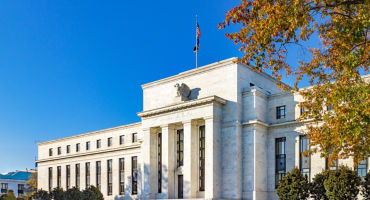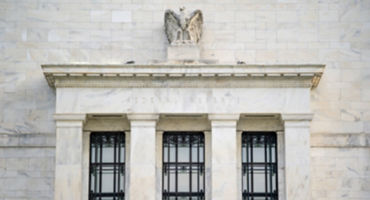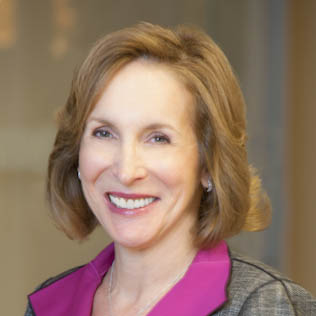Looking ahead
The pace of Fed rate hikes from here is likely to depend on the resilience of the labor market. To materially slow the pace, the Fed will need to see moderation in both wage gains and core inflation readings. At present, the labor force participation rate is 62.3%, a full percentage point below pre-pandemic levels, while the unemployment rate of 3.5% is half a percentage point below the FOMC’s longer-run estimate. The October Employment Situation Report, to be released this Friday, will provide insight into the strength of recent wage gains and the likely magnitude of the Fed’s policy move in December.
Additionally, the Fed is likely to remain attentive to market liquidity conditions, given the uncertain impact of quantitative tightening on market functioning. This is apt to be a higher priority following the recent instability caused by the rise in UK government bond yields, which prompted intervention by the Bank of England. Indeed, the Fed has recently released several papers related to financial market stability, including a consideration of “all-to-all” Treasury market trading and research regarding the relationship between monetary policy and financial market stability. While market volatility alone is unlikely to alter Fed policy, material market disruptions could impact the Fed’s balance-sheet reduction plans.




















